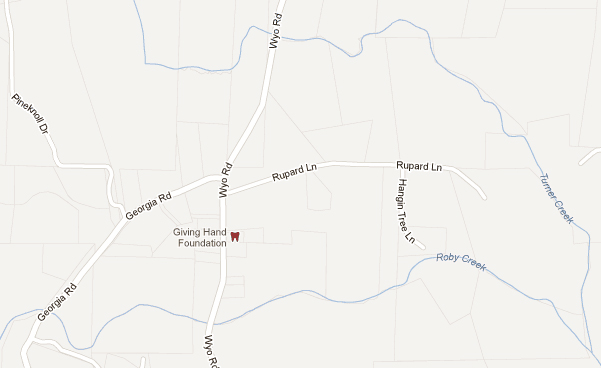On this Earth Day, 2013, what better topic to consider than our waterways. The news is full of tremendous flooding in the American midwest, tsunami debris washing up on the Pacific coast, shrinking of the polar ice caps and, of course, pollution of the world's waters.
Our ancestors also thought a lot about water. Whether digging a well, traveling by boat or crossing the desert, they had to consider the role of water in their lives. But there was one dependency on water that we rarely think about in the modern world -- the identification of physical property.
In the original 13 colonies and other states settled under the metes and bounds system, the identification of a waterway was important to determine the location of the land. You've seen these land descriptions. They are very convoluted and confusing. The trees, the rocks and the neighbors define the boundaries, along with distance and compass direction.
For a long time I thought the waterway included in the definition meant that the land actually fronted on that body of water. But I learned in a class that the property might not be close to the named waterway. Rather, the land is within the watershed of the named waterway.
Finding such a property on a map may be a bit difficult. A program such as Deed Mapper can draw the outline of the property. It's also possible to draw the dimensions by hand, though it's not my idea of fun. With a rough sketch of the property, it may then be possible to find it on a modern map. The historical dimensions may still be visible in fields and roads that exist today.
Let me take you down a recent research path of mine to see how modern maps can be used with historical deeds.
I learned that my ancestor owned a farm in the Turner Creek watershed of Yadkin County, North Carolina. Fortunately, one of the clerks in the Register of Deeds office in Surry County knew the location of the creek. This is a case where field work was very helpful to the research process.
First search Google Maps for "Yadkin County, NC" to get the county outline.
Zooming in to the lower right corner of the county shows where the creek feeds into the Yadkin River. It's the top little creek.
Zoom in a bit more and the county lines disappear, but the creek changes from a short line to a much longer one, with the name shown.
Keep zooming and the modern property lines appear in a darker gray.
If I had the property diagramed, I could now attempt to match it up to the properties near Turner Creek. I would need to look along the length of the creek and between Turner Creek and other waterways, such as Roby Creek in this example.
I hope this brain dump gives you some useful tidbits about waterways, old deeds and modern maps.




No comments:
Post a Comment